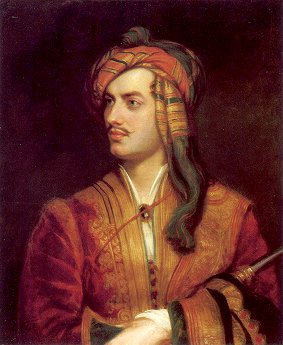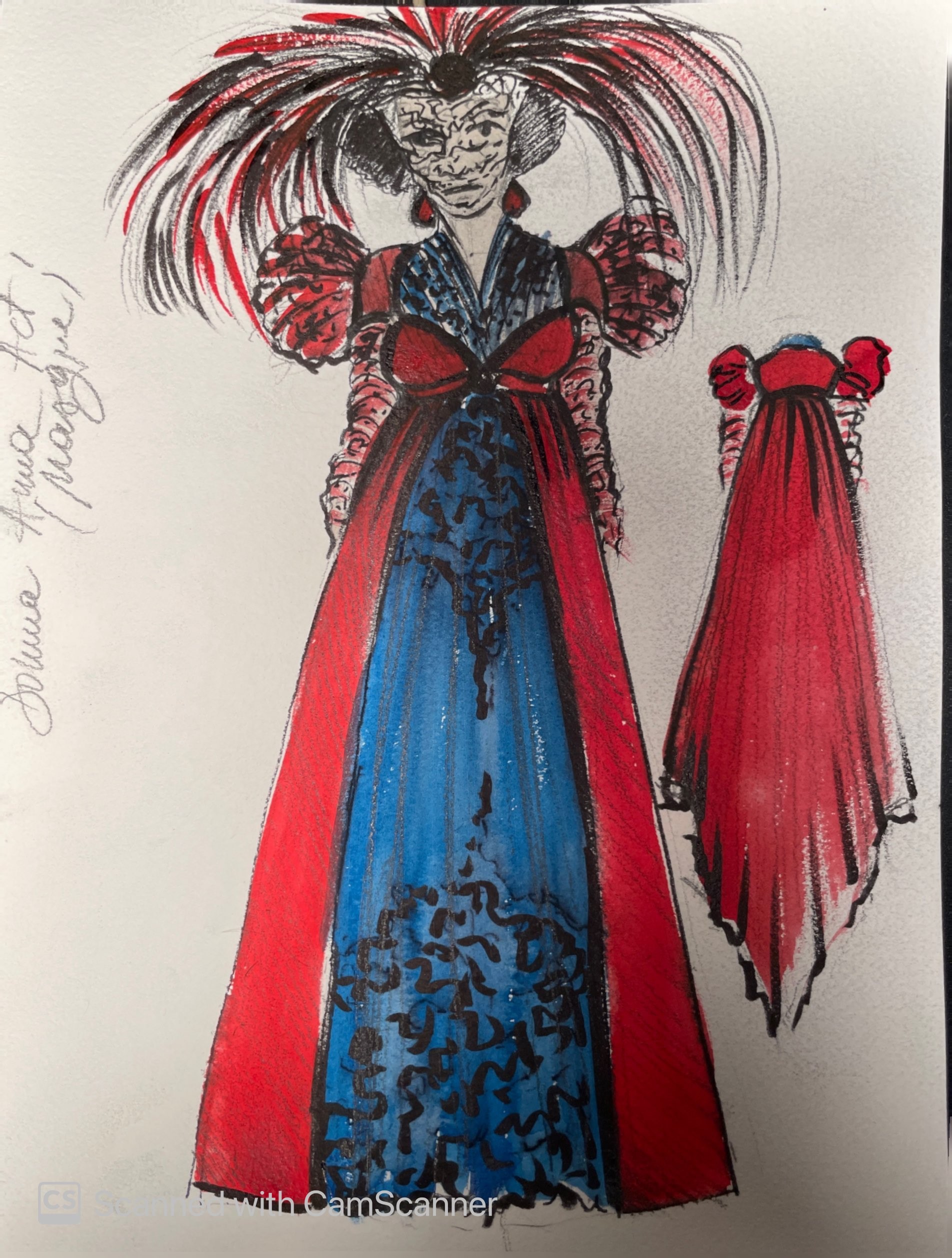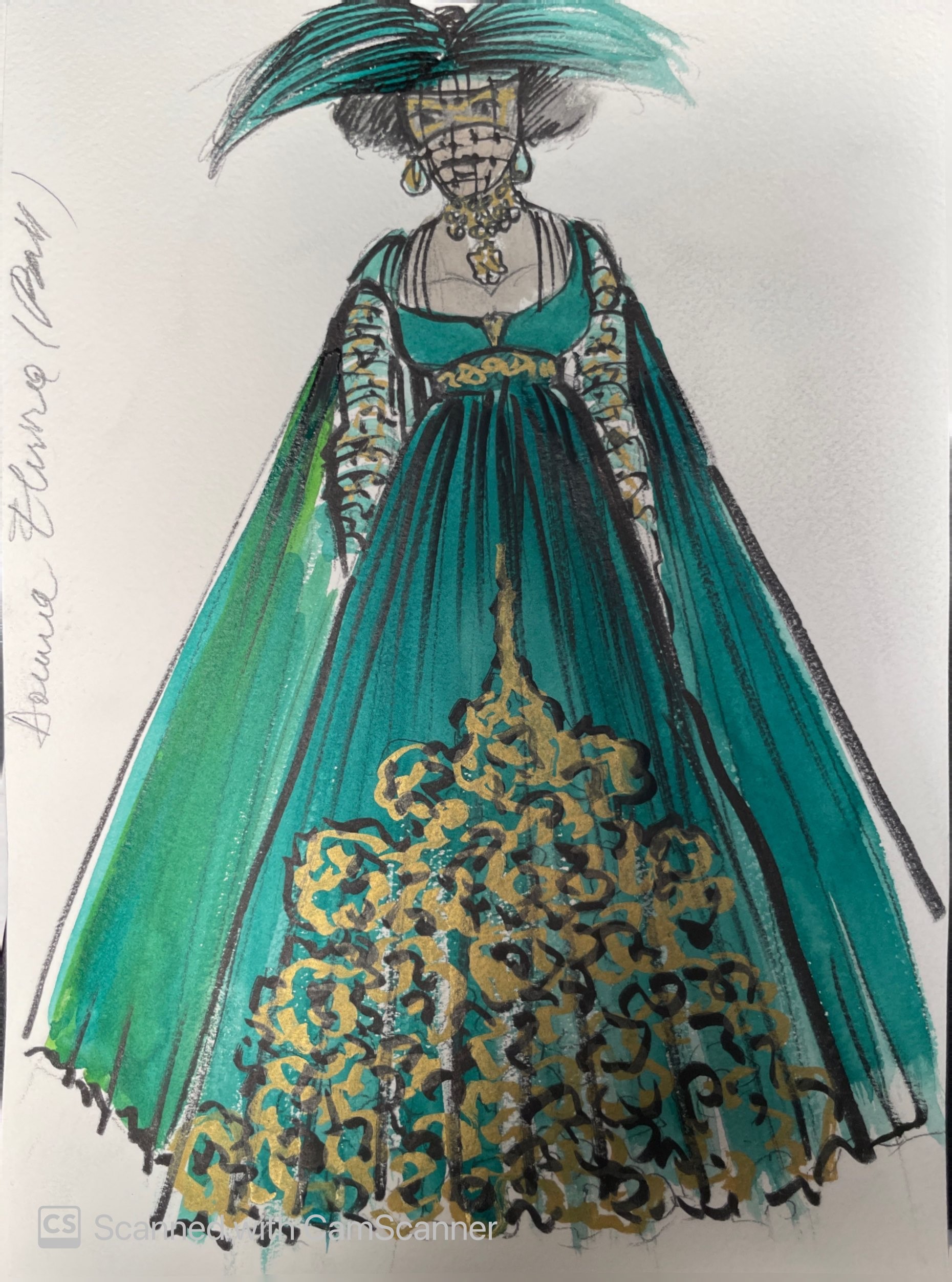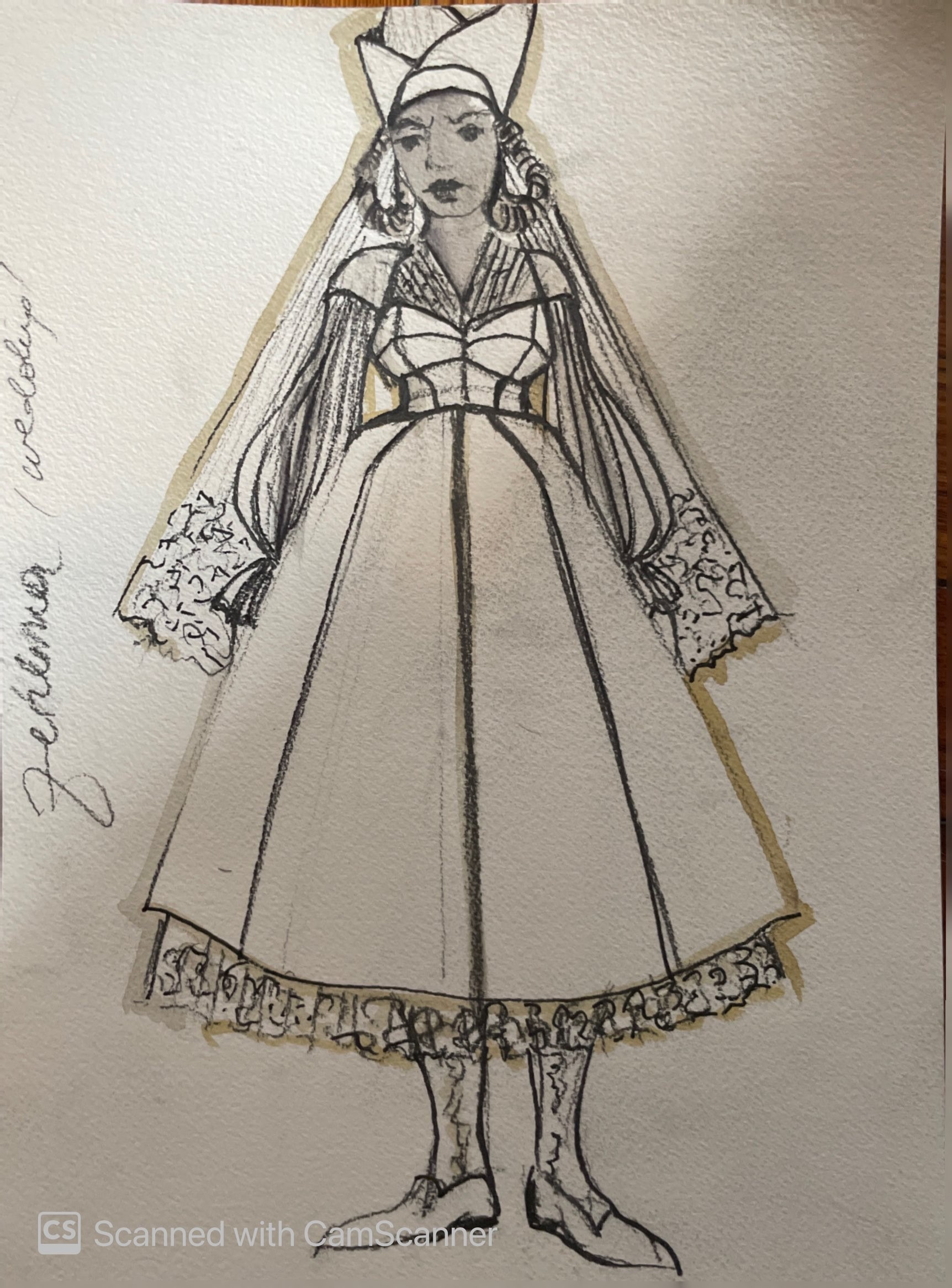Regency Era Takes Over the Opera:
Behind the Scenes of Wolf Trap Opera’s Don Giovanni
Whether it’s the title character of Mozart’s Don Giovanni, Mr. Darcy from Jane Austen’s Pride and Prejudice, or Simon Basset, Duke of Hastings from the Netflix series Bridgerton, audiences throughout time have had an endless fascination with stories about Regency-era characters in their romantic pursuits.
But unlike Mr. Darcy and Simon, whose love interests transform them from sour to sweet, opera’s rogue never learns from his womanizing ways and is banished to Hell.
For one night only on August 11, Wolf Trap Opera presents its Regency-era spin on Don Giovanni at the Filene Center exploring the complex inner worlds of characters we love to hate.
Timeless Characters for All Audiences
“[Modern audiences] still have a fascination with people who do terrible things and are irresistibly drawn to characters like Giovanni. I mean, in social media we can’t look away when someone posts about something terrible they do,” said Don Giovanni’s director and choreographer John de los Santos.
Inspired by the historical figures, art, and fashion of the overlapping Romantic and Regency eras, de los Santos bases Don Giovanni’s character off the infamously licentious poet Lord Byron—coincidentally born just a few months after the original production of the opera debuted in 1787.
Lord Byron’s 36-year life was filled with debt, politics, travels, and a flurry of abandoned lovers across England and Europe.
His poetry was heavily inspired by his internationally romantic affairs, and one of his most famous works was Don Juan. The 17-part poem satirically chronicles the Spanish folk legend of the equally lust-fueled character on which Mozart’s opera Don Giovanni is based.

Lord Byron, replica by Thomas Phillips
Moving, Romantic Era Choreography
In addition to the historically inspired characterization, de los Santos is teaching Regency-influenced choreography to the cast.
“I started out as a ballet dancer, then I got into directing, and then writing libretti just because the more hats you wear in this business, the more you work,” said de los Santos.
“Everything [in Don Giovanni] is influenced by movement and body, not just in the period but also through a lot of classical paintings of the era. So there will be a lot of Romantic-era attitudes in the way the women move, in particular, as well as the whole cast.”
Audiences can look forward to snippets of partnered social dancing, which was popular in the late 18th- and early 19th-century party scenes, and more!
“Regencycore” Costuming
The finishing touches on Don Giovanni’s Regency-era setting are the wild costumes, headpieces, wigs, and makeup brought to life by Wolf Trap Opera’s creative team.
Anne Nesmith leads Wig & Makeup Design for the production. Her first show with Wolf Trap Opera was in 2014, and she has been invited back each subsequent year to design for operas including La Bohème, The Ghosts of Versailles, and now Don Giovanni.
“For Don Giovanni I am taking my lead from the beautiful costume designs of Oana Botez. The overall idea is Regency-adjacent! Not a historical recreation but taking the idea of the period and giving it a ‘hot’ twist as Oana might say,” said Nesmith.
“We are considering the period and then being a little creative with it. This means that in addition to researching the actual historical period, we are also looking at print ads of the present day, fashion runway shows, and TV/movies that give a nod to the period without being completely accurate.”
Each costume is custom-made to fit the artists. Therefore, everything—including the circumference of the widest part of a hand while in a “duck bill” position—is meticulously measured to allow for optimum movement for the choreography and to create a perfectly tailored ensemble for the artists.
 |
 |
 |
Donna Anna, Donna Elvira, and Zerlina costume sketches by Oana Botez
Behind the Wigs
To create the wigs, Nesmith takes a “headwrap”—a sort of plastic mold—of the Don Giovanni singers’ heads, to have a model on which to build the wigs. Depending on the size of the hair and the type of material they make the base from, creating the wigs can take the creative team 40 hours or more.
Nesmith works hand in hand with the artists to craft looks that complement both the production and the artists’ natural features.
“I would contend that hair and makeup is perhaps the most collaborative of the design elements. People have very strong feelings about their hair. It is very personal to them and therefore, in addition to creating a design and working out ideas with a costume designer and a director, I also spend a lot of time with singers being sure they are comfortable and confident,” said Nesmith.
“[The opera artists] have to wear these looks on stage and feel like they are able to inhabit a character, but they also have to feel confidence in the way they personally look.”
With numerous Regency-inspired elements, an enthralling plotline of lust and deception, and the incredible singing talents of Wolf Trap Opera’s artists, Don Giovanni is sure to rival all your favorite romantic dramas.
Wolf Trap Opera’s production of Don Giovanni will be performed on one night only: Friday, August 11 at 8 PM. Get tickets to the performance now!